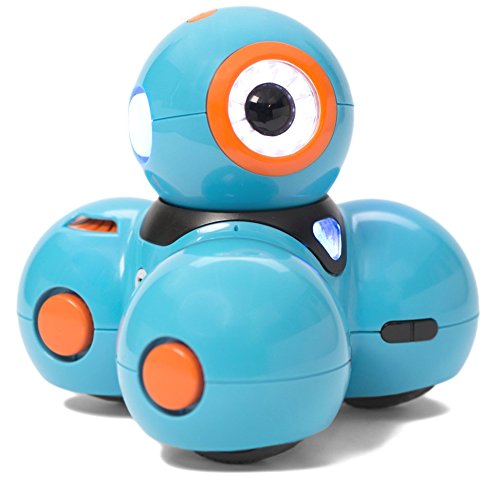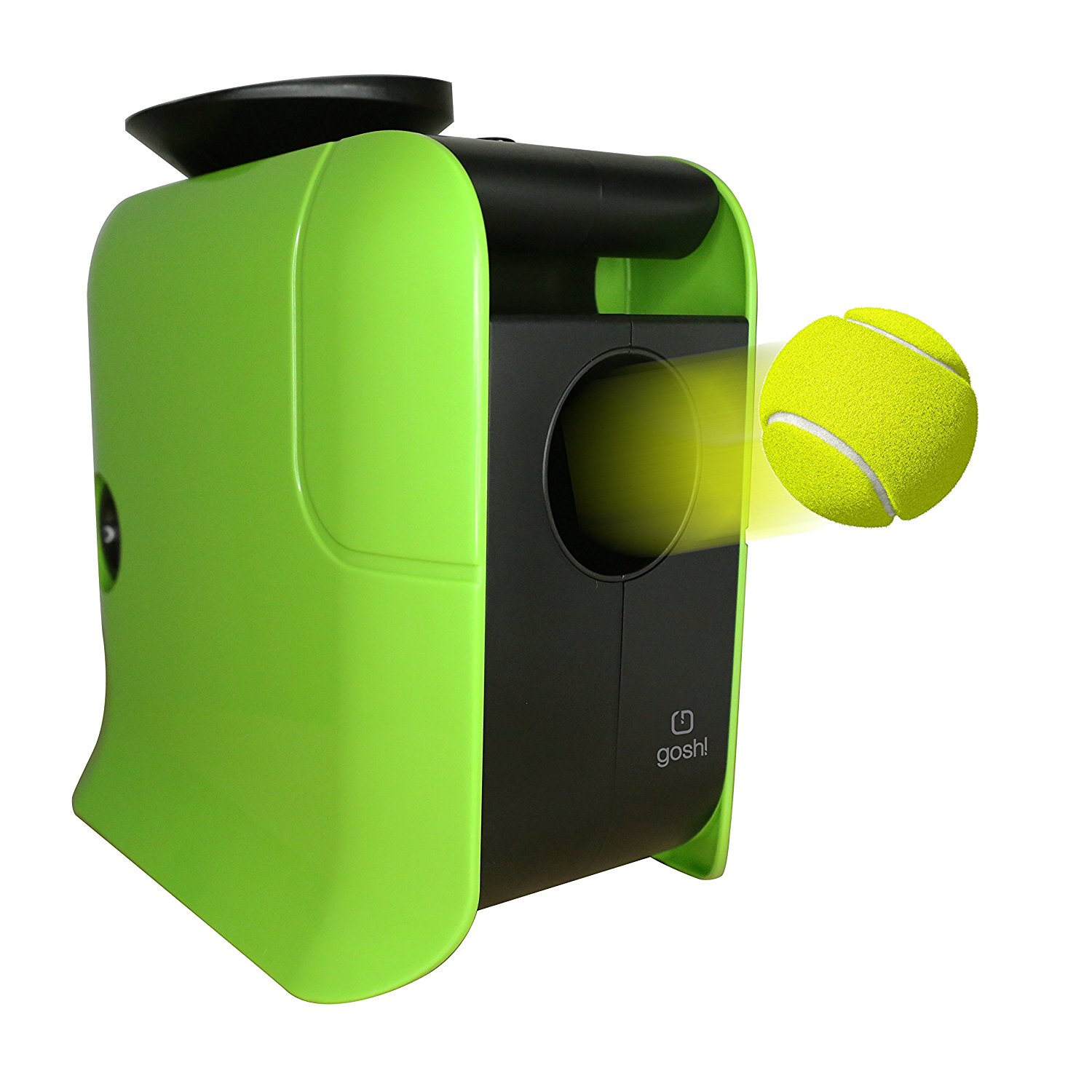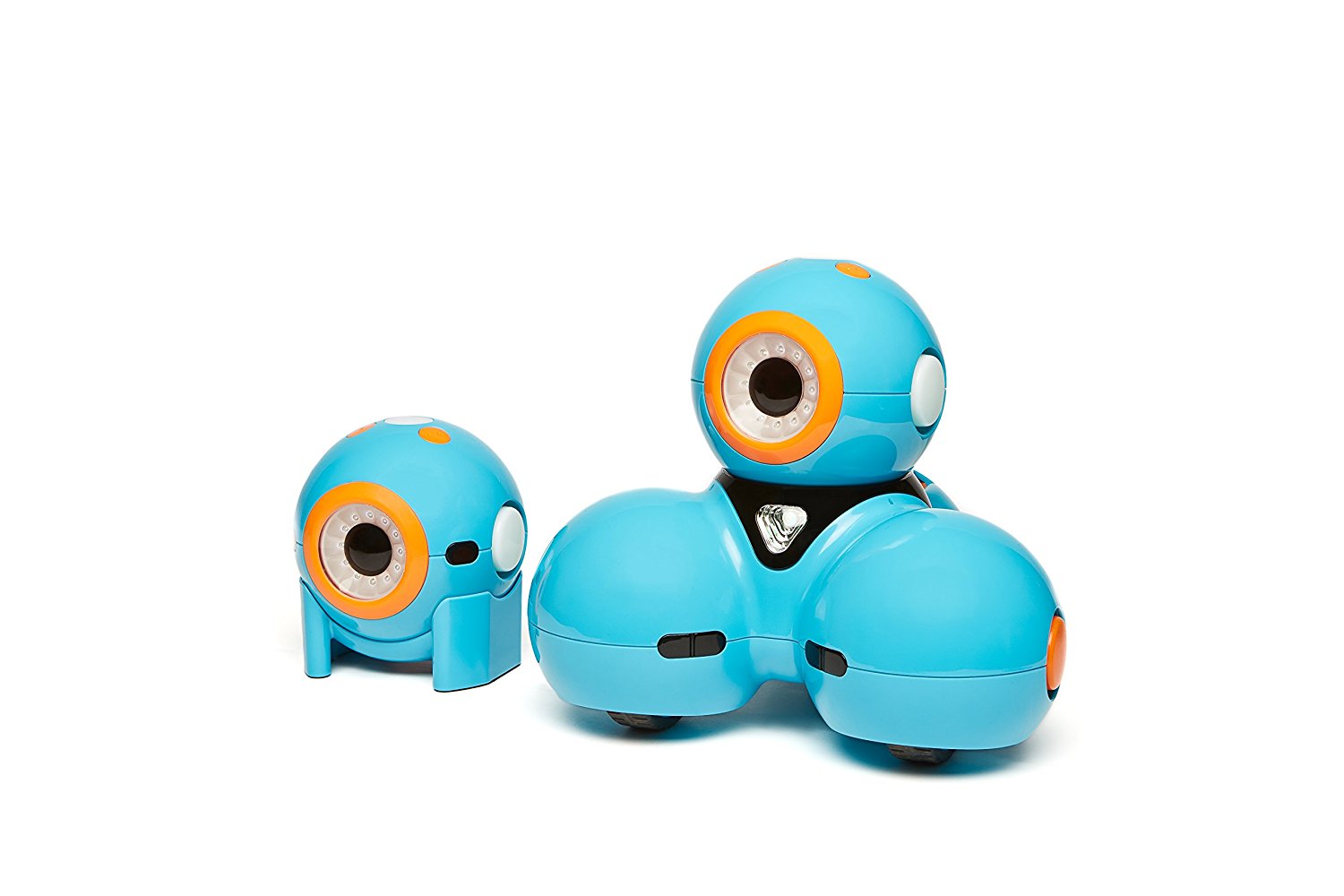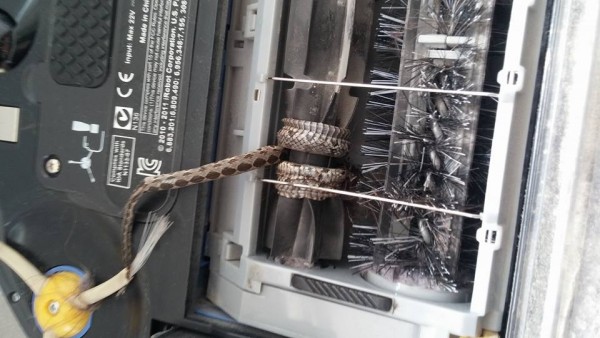3D printer manufacturers struggle to make their products as affordable as possible, without making quality constraints. On long term, however, the 3D printing filaments tend to be quite expensive, if you don’t have a Filabot to make some out of scrap plastic.
Recycling seems to be the word of the century, since most people are concerned about the ephemeral nature of the non-renewable sources of energy. 3D printing hasn’t taken off yet at a global scale, but some manufacturers are really eager to domesticate the 3D printers. On top of that, some of them focus on making the 3D filaments cheaper, while others are turning a blind eye on this. As with inkjet or later printers, it’s not the device that brings companies the bulk of money, but the consumables. Filabot intends to change all that by creating 3D printing filaments out of plastic that you would otherwise throw out anyway.
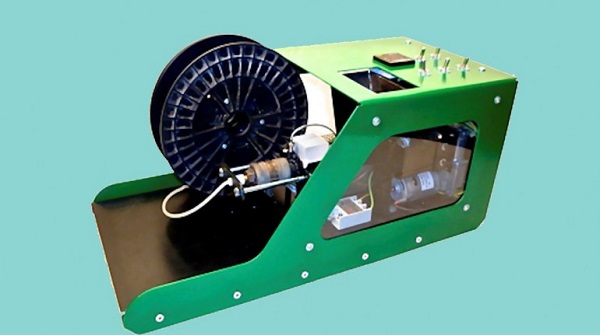
Filabot is the creation of American college student Tyler McNaney, who claims that the devices features two settings, being able to turn any type of plastic, from PET and nylon-101 to polypropylene, into 3.0 or 1.75 mm (1/8 or 1/15 in) thick 3D filaments. More precisely, a 50-gram two-liter PET bottle can be turned into filaments worth $2.50. Considering that the price of one kilogram of 3D filaments is about $50, and that most families throw away many such bottle each week, not counting the other types of discarded plastic, imagine how much money people would be able to save!

In case you are not happy with the 3D objects that you’ve just printed, you are free to throw them into Filabot. It will turn the discarded designs into filaments again, thus making perfectionists satisfied. The plastic grinder found inside the Filabot will have no problem with that. Until now, discarded 3D objects ended up in the recycling bin, if not in the dumpster, directly, so this is a major step forward.
[youtube http://www.youtube.com/watch?v=DMNLJUKKNhQ&w=600&h=338]
This project was featured on KickStarter almost a year ago (on January 23rd it’s a year since it was funded), where it raised more than 3 times the necessary funds. Now, the student is almost ready to roll out the first 67 Filabots. At that time, securing a Filabot required backing the project with at least $490, so the final price should be around that amount, too. In my opinion, this a really laudable initiative and it’s really nice that such an innovative device will get mass-produced. Also, the green people (I’m taking about environmentalists here, not Martians!) will surely be proud of this student’s work.
If you liked this post, please check the MakerBot personal portrait 3D printer and the Viennese micro 3D printer.


